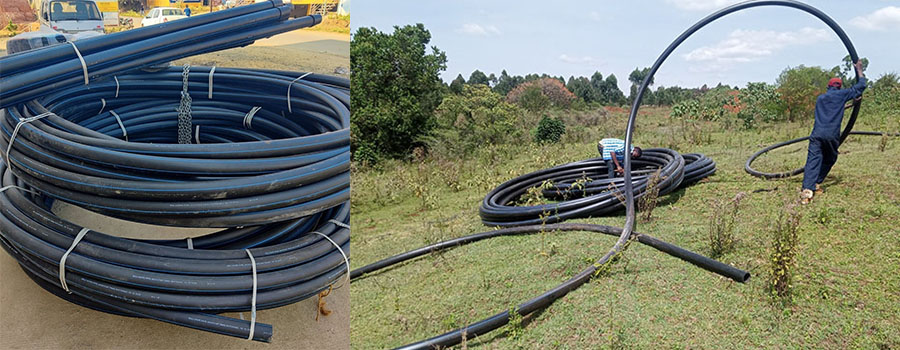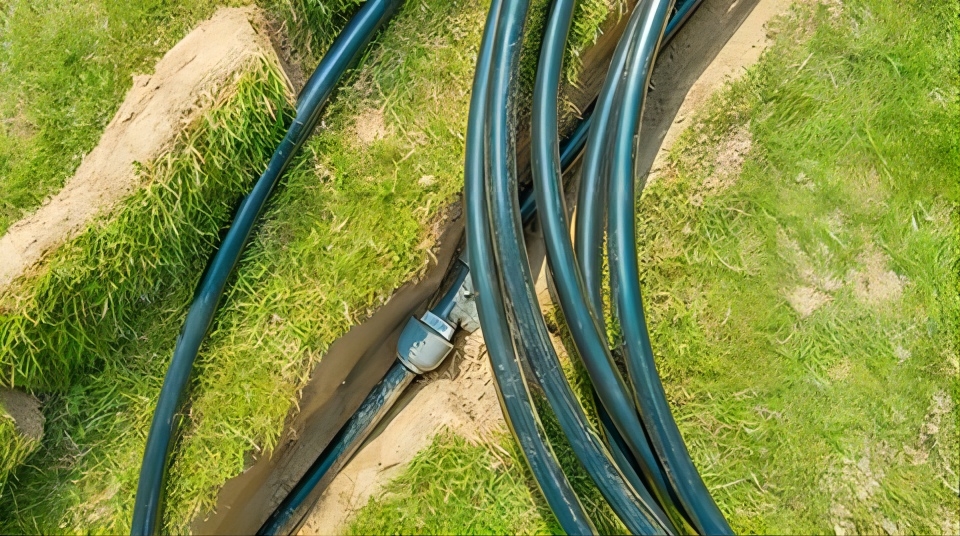16
Nov
Agricultural Applications: Utilizing HDPE Pipes for Efficient Irrigation
In the ever-evolving landscape of agriculture, the significance of efficient irrigation systems cannot be overstated. High-Density Polyethylene (HDPE) pipes have emerged as a crucial component in modern irrigation, offering a blend of durability, flexibility, and cost-effectiveness. This article delves into how HDPE pipes are revolutionizing agricultural irrigation, backed by recent industry data and insights.
The Rise of HDPE in Irrigation
HDPE pipes have gained prominence due to their resistance to environmental stress and corrosion. Unlike traditional materials, HDPE does not rust, rot, or corrode, making it ideal for varied climatic conditions. According to a report by Grand View Research, the global HDPE pipes market size was valued at USD 16.5 billion in 2021 and is expected to grow significantly. 《Grand View Research》
Advantages Over Conventional Systems
Durability and Longevity
HDPE pipes typically have a lifespan of 50-100 years, far exceeding that of materials like PVC or metal.
Flexibility and Ease of Installation
These pipes can be bent to a certain radius and are lighter than metal pipes, reducing transportation and installation costs.
Cost-Effectiveness
Despite the initial investment, the long-term savings in maintenance and replacements make HDPE pipes an economical choice.
Case Studies and Data
Recent studies underscore the efficiency of HDPE systems in irrigation. For instance, a comparative study showed that farms using HDPE-based irrigation systems experienced a 20% increase in water efficiency compared to traditional systems. Moreover, HDPE pipes are noted for their higher flow rates and superior pressure handling capabilities.
| Comparison Criteria | HDPE Pipes | Traditional Pipes |
| Lifespan | 50-100 years | 20-30 years |
| Installation Cost | Lower | Higher |
| Maintenance | Minimal | Frequent |
| Flow Rate | Higher | Lower |
| Maximum Pressure | Up to 160 psi | Up to 120 psi |
The enhanced flow rate in HDPE pipes is attributed to their smooth internal surface, which reduces friction losses. As for pressure handling, HDPE pipes can withstand up to 160 psi, significantly higher than many traditional materials. This feature is particularly beneficial for large-scale farms that require extensive irrigation networks under varying pressure conditions.
These data points clearly illustrate why HDPE pipes are becoming increasingly popular in agricultural applications, offering improved efficiency and durability.

Environmental Impact
HDPE pipes contribute to sustainable agriculture by reducing water wastage and energy consumption. Their leak-proof design ensures minimal water loss, a vital aspect in water-scarce regions.
Implementing HDPE Pipes in Agricultural Irrigation
Transitioning to an HDPE-based system involves an assessment of farm size, crop type, and water source. It’s crucial to design a system that meets specific agricultural needs while ensuring cost-effectiveness and sustainability.

Challenges and Solutions
Despite the advantages, some farmers face challenges in adopting HDPE systems, such as initial costs and lack of technical know-how. However, with government subsidies and increasing awareness, these challenges are gradually being overcome.
Conclusion
The integration of HDPE pipes in agricultural irrigation heralds a new era of efficiency and sustainability. As the agricultural sector continues to evolve, the adoption of innovative technologies like HDPE will play a pivotal role in ensuring food security and environmental conservation.

